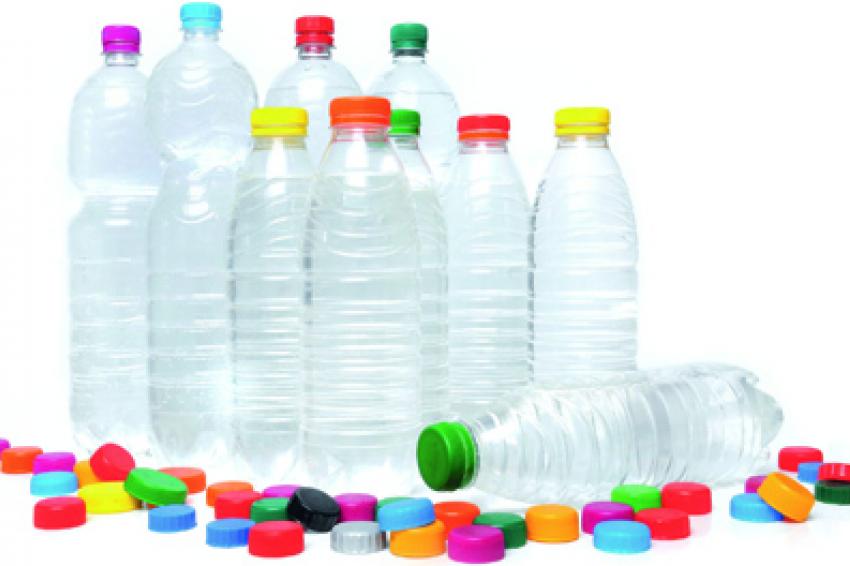Bio-Production of Light Olefins
Direct Fermentation to Platform Chemicals
Alternatives To Oil - Light olefins, or short alkenes, are key platform molecules for the chemical industry. They are almost exclusively obtained from fossil oil. Because of the projected rise in oil prices in the next decade, the chemical industry is looking for alternative resources combined with new transformation methods to cost-efficiently synthesize those molecules.
First And Second Generations
Options for renewable resources can be classified into first-generation and second-generation feedstock. First generation means using material that could also be used in the food/feed industry such as sugar from sugar cane or sugar beet, or starch from corn or wheat. Second generation refers to material not usable for food/feed applications such as agricultural or municipal waste, or plants such as seaweed grown on otherwise unused land.
First-generation feedstock is cheaper than second-generation feedstock since the latter needs to undergo costly pretreatment processes such as lignocellulosic degradation or pyrolysis. However, many parties are trying to bring down such costs.
Fermentation Or Thermochemistry
Transformation methods can be classified into fermentation processes, where microorganisms such as bacteria or yeast are used to transform the (possibly pretreated) feedstock, and thermochemical processes such as Fischer-Tropsch.
The attractiveness of fermentation methods lies in the fact that usually no heating is required and that it does not require extremely large-scale production units, which are capital intensive and might lead to problems with feedstock supply. On the other hand, industrial fermentation thus far has been limited to products that are naturally synthesized by microorganisms, such as ethanol or isobutanol. Those natural pathways have then been optimized to increase yield and productivity.
Microorganisms do not naturally synthesize light olefins. Since those molecules are gaseous at room temperature, it would not make sense for a microorganism to put energy and resources into producing a gas which then volatizes into the air. Consequently, no current industrial fermentation processes lead to light olefins.
Mapping New Routes
Two approaches are being explored by the industry to bring together the economical fermentation technology with the huge markets for light olefins.
The first approach produces a precursor molecule of the light olefin, usually an alcohol such as ethanol, isobutanol or butanediol. Those alcohols are then chemically transformed into the light olefin of interest, for example through a dehydration process (ethylene, isobutene), possibly followed by other steps (e.g., metathesis for propylene). Based on those routes, the Brazilian company Braskem commercializes an ethanol-to-ethylene-and-propylene process, the U.S. company Gevo and the German company Lanxess are collaborating on an isobutanol-to-isobutene route, and the U.S. company Genomatica is working on a butanediol-to-butadiene technology.
The second approach uses metabolic engineering, a rather new scientific discipline, to design new pathways based on new enzymes to directly produce the light olefin of interest by the microorganism. Those efforts are primarily driven by process-advantages: Firstly, being a gas, the light olefin spontaneously evaporates in the gaseous phase of the fermenter. Consequently, unlike alcohols, it does not accumulate in the fermentation broth. At a certain concentration (about 12 % for ethanol, 4 % for isobutanol), alcohols become toxic for the microorganism and a costly separation step such as distillation or solvent extraction is needed, which is not the case for the gaseous light olefin. Secondly, no further chemical transformation steps are needed, which is not only an advantage in terms of capital expenditures and operational expenditures, but also regarding the isomer purity.
Based on this approach, French company Global Bioenergies has obtained proof of concept on a direct route to isobutene and is working on applying its technology on other molecules such as butadiene and propylene. The developed pathways are supposed to be compatible with microorganisms using different feedstock such as first-generation- and second-generation-derived carbohydrates but also syngas.
Moving toward industrialization, each approach needs to be assessed regarding cost-efficiency, feedstock flexibility and carbon footprint.
Kontakt
Global Bioenergies
5, rue Henri Desbruères
91000 Evry
Frankreich
+33 1 64982050
+33 1 64982051













